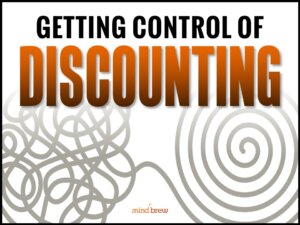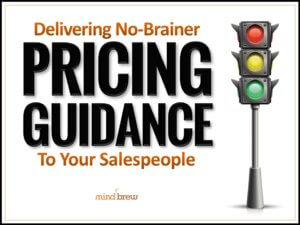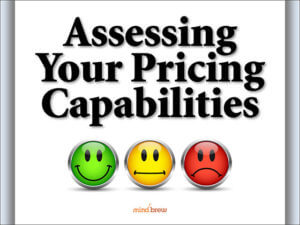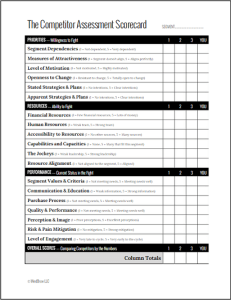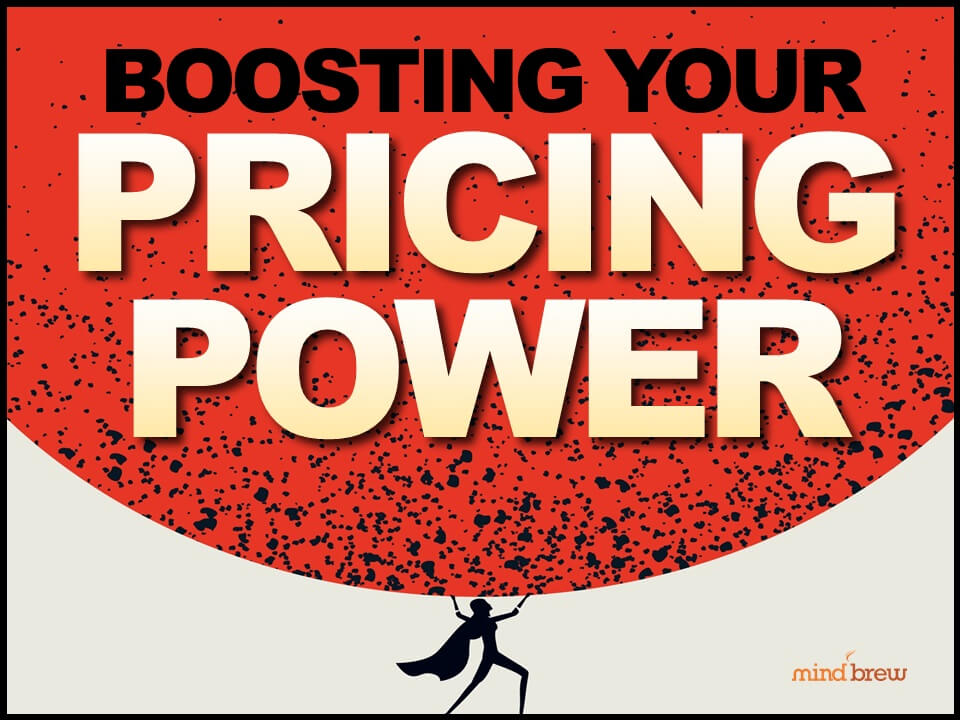As B2B pricing practitioners, over-discounting is a perennial source of heartburn and elevated blood pressure. It’s so maddening when salespeople disregard our price-points and make up their own discounts on the fly. Believe me, I understand just how frustrating it can be…I used to have a full head of hair.
But while I can certainly empathize, I am quite literally a Dutch Uncle, so I can’t help dropping some uncomfortable truth bombs…
As we point out in the Getting Control of Discounting webinar, any deviation from an established pricing model will look like over-discounting, even when that pricing model is wildly inaccurate or grossly imprecise. In other words, if your pricing isn’t sound to begin with, it’s really hard to know for sure which discounts are actually “bad” or inappropriate.
You see, salespeople aren’t setting out to ignore the prices, break the rules, or defy the policies. They aren’t waking up in the morning asking, “Gee, how am I going to subvert my company’s expectations and go rogue today?” I know it might seem like they’re doing that at times, but they aren’t…not usually. They’re just trying to close deals and win business.
The truth is that when your price-points are inaccurate, irrelevant, or imprecise, salespeople will use discounts to try to refine and align them to the needs of the deal at hand. While they might not be doing a great job of this, they’re addressing a real need and their intent is not malicious or malevolent.
The point is that before you launch an aggressive campaign to eradicate the seven root-causes of over-discounting we cover in the webinar, you’ll want to make sure that the pricing deviations you’re seeing really are over-discounting. You’ll want to make sure that you’ve done the work…or are in the process of doing the work…to be confident in the quality and accuracy of your pricing guidance.
How do you do that? Well, our B2B Pricing Capability Self-Assessment is a great start. It’s a simple and straightforward way to better understand whether or not your current pricing practices and processes are likely to produce high-quality outputs. Here’s a small sampling of the 52 questions in the assessment:
- Are your pricing management efforts focused primarily on improving the price-points themselves? (As opposed to focusing primarily on process steps, turnaround times, and enforcement or compliance.)
- Have those setting or negotiating prices received in-depth training and education in sound pricing principles and practices? (As opposed to expecting them to intuitively know what to do and how to do it.)
- Do your pricing people have a working knowledge of strategic processes like research, competitive analysis, and value estimation? (As opposed to only knowing about tactical pricing in the field.)
- Does your pricing segmentation model reflect where customers are willing to pay different prices? (As opposed to being designed to reflect where your company wants to charge different prices.)
- Does the number of segments in your model align to the size and scope of your market? (As opposed to using a handful of segments to describe a market with 1000’s of customers, products, and orders.)
- Are the vast majority of your pricing decisions based on deep and rigorous analysis? (As opposed to rigorous analysis only being performed on high-runners and large deals.)
- Are your price segments based on combinations of product, customer, and order attributes? (As opposed to being customer and product combinations alone, with no consideration of order circumstances.)
- Does your pricing structure enable and encourage tradeoffs between the price being paid and the value being delivered? (As opposed to having no takeaways or options to bargain with.)
Now, I’m not saying that your pricing has to be “six sigma” perfect before you can even begin to address the root-causes of over-discounting we discuss in the webinar. There’s no reason you can’t tackle these things in parallel.
But I am suggesting that you approach the topic of over-discounting with a degree of humility. After all, it’s unlikely that your pricing model and price points are so accurate and robust that every deviation you see can in fact be characterized as unwarranted over-discounting.
And besides, it’s never a bad idea to approach hot-button issues and contentious topics with at least a modicum of humility.

